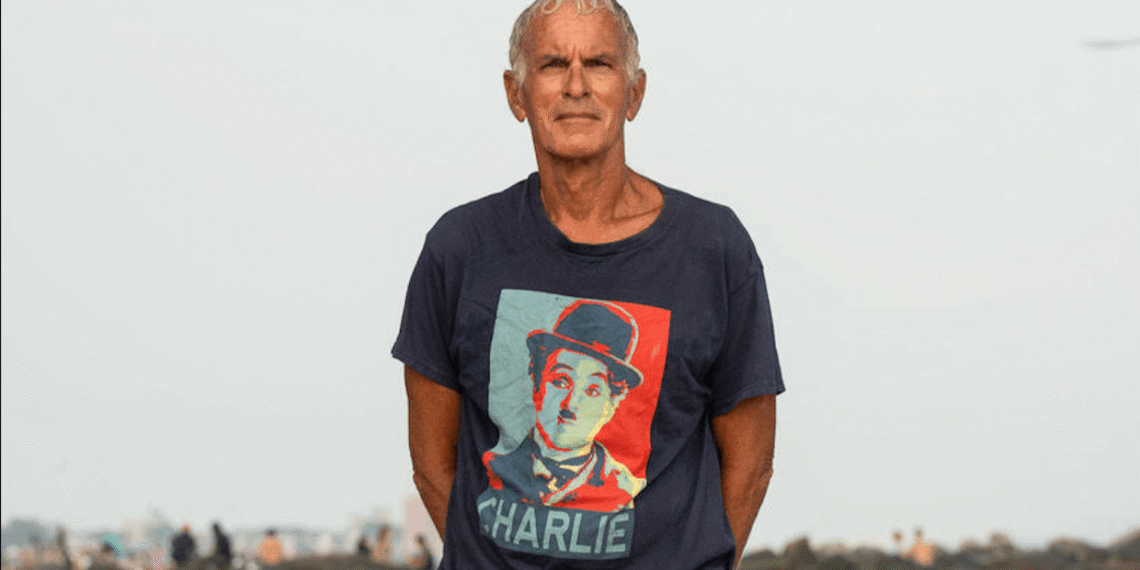Professor Norman Finkelstein—NYC-born to Holocaust-survivor parents and, in 2020, ranked the world’s fifth most influential political scientist—tells ECPS that “Israel will mass Gazans at the border, bomb relentlessly, and force Egypt’s hand.” Professor Finkelstein forecasts pressure on Cairo amid “images broadcast worldwide,” frames today’s war as a qualitative break aimed at depopulation (“stay and starve or leave”) and argues that “an imposed famine…constitutes clear proof of genocide.” He argues that, while procedural workarounds to a US veto exist at the UN, they are politically improbable in practice; hence he looks to EU trade leverage instead—though that, too, is stalled by a ‘lack of political will.’ Downplaying doctrinal debates over Zionism, he casts Israel as a ‘Jewish supremacist state’ analogous to apartheid-era South Africa, and notes collapsing Democratic support alongside generational GOP splits.”
Interview by Selcuk Gultasli
Giving an interview to the European Center for Populism Studies (ECPS), Professor Norman Finkelstein—born in New York City to Jewish Holocaust-survivor parents and, in 2020, named the fifth most influential political scientist in the world—states the core claim that frames this conversation: “Israel will mass Gazans at the border, bomb relentlessly, [and] force Egypt’s hand.”
The interview that follows situates Professor Finkelstein’s analysis within a stark forecast of prospective mass displacement. While he cautions that “I don’t think it’s easy to predict where this will lead,” he argues that Israel is “trying to amass the entire population of Gaza on the southern border,” after which “they will… begin bombing it relentlessly.” The intended effect, he suggests, is to compel Cairo under unbearable humanitarian pressure—“images broadcast worldwide… with desperate civilians screaming to be allowed into Egypt”—to open its frontier. Whether Egypt can resist that pressure, he adds, “I’m not sure.”
Professor Finkelstein frames the contemporary campaign as a qualitative break from earlier cycles of “mowings of the lawn.” The methods are not new, he says, but their magnitude is: destruction that once shocked humanitarian observers now approaches comprehensive urban pulverization. As to intent, he maintains that the objective is depopulation: “the people of Gaza will be given two choices—stay and starve or leave.” In his view, exterminatory violence functions as instrument as well as outcome—driven by “pure bloodlust,” by a desire to re-establish deterrence (“if the thought crosses your mind that there is a military option against us, just look at Gaza”), and by the aim to break both Gazan and international will.
On proof, Professor Finkelstein argues the evidentiary bar has already been met through rigorous humanitarian monitoring and legal dossiers. He points to a “voluminous documentary record,” including a South African memorial at the ICJ, and insists that “we’ve already reached the highest threshold of accuracy in documentation when it comes to Gaza.” For him, the decisive element is engineered deprivation: “an imposed famine—a human-made famine—constitutes clear proof of genocide.”
Institutionally, he sees impunity less in legal design than in political inertia. While acknowledging UN tools that can bypass a US Security Council veto, he judges them unlikely to be activated and locates leverage instead in Europe’s trade ties—frustrated, he says, by a “lack of political will.” In the domestic US arena, he notes collapsing Democratic grassroots support for Israel and a sharp generational split among Republicans, concluding that “it’s very difficult right now to defend Israel.”
Analytically, Professor Finkelstein downplays doctrinal debates about Zionism, preferring a structural diagnosis: Israel as a “Jewish supremacist state” enforcing regional dominance through periodic “mass death and destruction,” a pattern he analogizes to apartheid-era South Africa. Read against that backdrop, the title’s forecast is not a provocation but, in his account, a logical extension of means toward an end.
Here is the transcript of our interview with Professor Norman Finkelstein, edited lightly for readability.
Quantity Has Turned into Quality: Gaza’s Destruction Is Now a Different Phenomenon
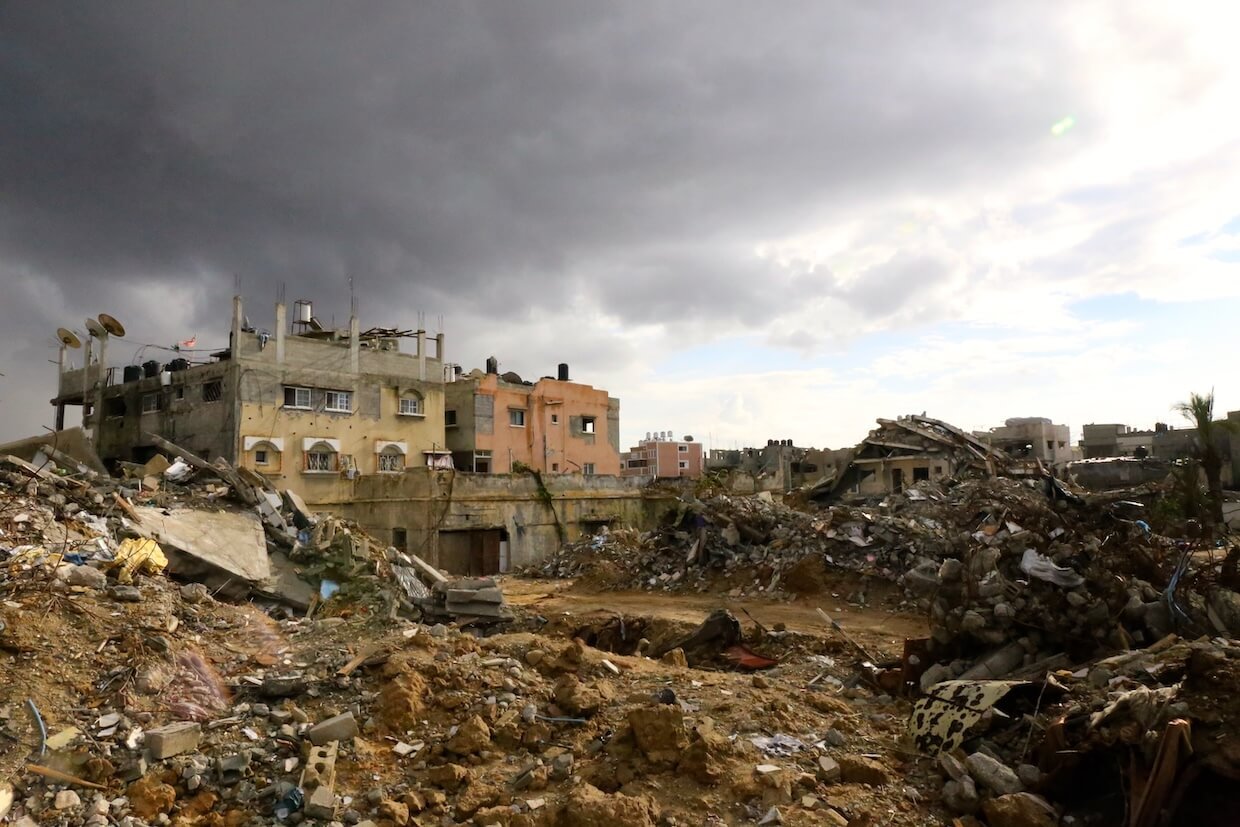
Professor Finkelstein, thank you very much for joining our interview series. Let me start right away with the first question: Drawing on “Gaza: An Inquest into Its Martyrdom,” how do you conceptualize Gaza today—blockade, occupation, siege, apartheid, genocide—and how do you explain Israel’s persistent impunity despite extensive documentation of International Humanitarian Law and International Human Rights Law (IHL/IHRL) violations?
Professor Norman Finkelstein: There’s an expression in English: there’s nothing new under the sun. For those who have studied the history of Gaza, in particular since 1967, it can’t be said that Israel has pioneered new methods since October 7th, 2023. What has changed—and changed very significantly—is the magnitude of the Israeli repression in Gaza. There is also another expression: at some point, quantity turns into quality. That is to say, if the magnitude of the Israeli death and destruction in Gaza has significantly increased, then qualitatively we’re talking about something new. So, even though the methods are not new, the quantity is of such an altogether different magnitude; then we’re talking about a qualitatively different phenomenon.
What does that mean in practice? Let’s take one simple comparison. During the last of Israel’s massive killing sprees in Gaza, Operation Protective Edge—that was in July–August 2014—it lasted approximately about 51 days. During Operation Protective Edge, about 18,000 homes were destroyed, and about 550 children were killed. The head of the International Committee of the Red Cross, Peter Moorer, when he toured Gaza after Operation Protective Edge, said that in his entire career he had not ever seen such a magnitude of destruction. Well, compare that with today. Then it was 18,000 homes; now the estimates are 200,000 homes destroyed. And the estimate is about 92 or more percent of all the housing in Gaza has been pulverized. Then it was 550 children; now the estimates are 20,000-plus children have been killed. So, it’s quantitatively at an altogether different magnitude, and so it’s qualitatively a different phenomenon. Now, what does that mean practically?
Practically, that means that Israel, in the past, has carried out what it calls “mowings of the lawn” in Gaza. That is to say, these are high-tech killing sprees, basically to remind the people in Gaza who is in charge. In this case, Israel. But after October 7th, the Israelis realized that they had not just a crisis, but they had an opportunity. The opportunity flowed from the crisis. The opportunity was to resolve the Gaza question once and for all. In effect, that meant implementing the final solution to the Gaza question. And the final solution to the Gaza question basically meant, one way or another, to empty out Gaza. It could be ethnic cleansing. It could be making Gaza uninhabitable, so the people of Gaza, by hook or by crook, would figure out a way to leave. Or it could also mean mass extermination.
The Israeli policy over the past two years has been a combination of those 3 things. Ethnic cleansing—that was the goal at the very beginning, to empty out the population into the northern Sinai. That didn’t work for various reasons. Then, the massive destruction of Gaza, to make it uninhabitable. What they’re doing right now in the last habitable spot of Gaza, which is Gaza City. They will reduce it to what they have reduced the north of Gaza and Rafah to; now they will do it in Gaza City, and there will be nothing left. It will just be a wasteland of rubble. In order to break the backs of the people of Gaza, in order to soften the target so that they will leave once and for all, they’re engaging in a policy of mass famine and mass extermination.
The second part of your question was: why have they been able to get away with it with impunity, despite the massive documentation? Well, during all of Israel’s previous operations, there was massive documentation. After Operation Cast Lead in 2008–9, there was the voluminous Goldstone Report, which was authored by a South African Jew who also called himself a Zionist, and it was a devastating report on what Israel had done to Gaza—just collected dust. That report was commissioned by the Human Rights Council. There was another report after Operation Protective Edge, commissioned by the Human Rights Council. It was also devastating. It also just ended up collecting dust. So, however much documentation is accumulated, turning these commissions of inquiry, or human rights documentation, into an actual implementation of a law is, as is pretty obvious at this point, not easy.
Engineered Famine Is Proof of Genocide
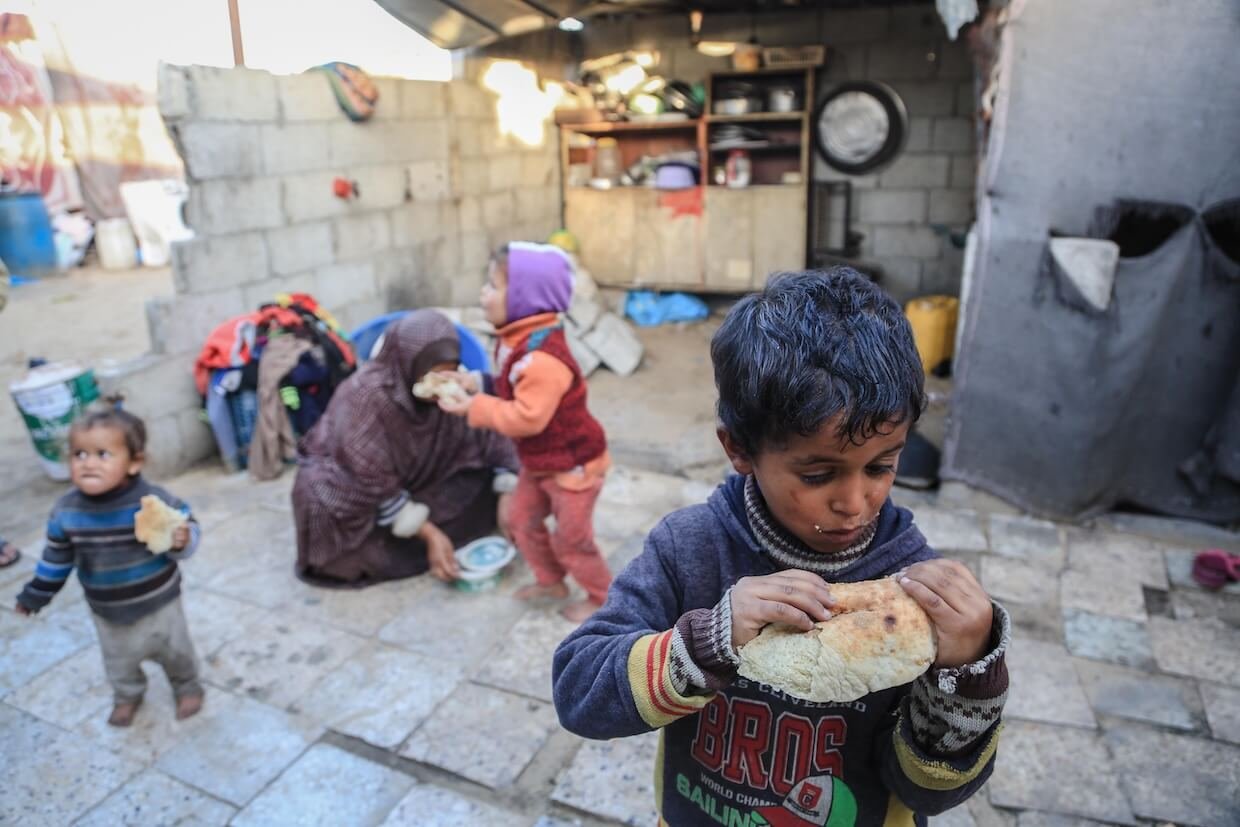
On the genocide claim, which probative elements (specific intent, patterns of destructive acts, official statements, engineered humanitarian deprivation) do you judge strongest or weakest, and how should advocates avoid both over- and under-pleading?
Professor Norman Finkelstein: That’s a very good question. In my view, the goal is to empty out Gaza. That, to me, is the central objective. They don’t care much where the people of Gaza end up—Tahiti, Samoa, the Solomon Islands, Nauru, Tuvalu—it makes no difference, as long as the “Gaza question” is resolved. You should bear in mind that this was also Hitler’s view. Until the late 1930s, and perhaps even into the early 1940s, the plan was to transfer Europe’s Jews out of Europe, and there were all sorts of schemes underway in different parts of the world to relocate them. That goal, however, became unviable after World War II broke out, when the seas were no longer open for free travel. It was then that they shifted to the extermination plan.
Similarly, I believe Israel’s aim is to depopulate Gaza, and one way to achieve that is by making it unlivable. As Israeli officials have repeatedly stated: the people of Gaza will be given two choices—stay and starve or leave.
Secondly, the mass extermination is a component of the plan, because there are three aspects to the mass extermination. Aspect number one is pure bloodlust. The Israelis were outraged—and that’s really a euphemism. They were enraged by what happened on October 7th and were determined to exact blood: an eye for an eye, a tooth for a tooth. Except, in the case of the Israelis, judging by what was recently said by a former senior Israeli official—I believe it was the former head of Israeli intelligence—the ratio was set far higher: for every Israeli killed, fifty Gazans must be killed. So, there was the bloodlust component. That, in significant part, explains not just the scale of the killing in Gaza but also the jubilation with which it is carried out, the fact that they broadcast it all over their social media, showing how they are wreaking death and destruction on Gaza. So, the extermination, in part, springs from bloodlust.
A second aspect of the extermination is what Israel calls restoring its deterrence capability after October 7th. The idea began circulating in parts of the Arab world: maybe there is a military option against Israel. If a ragtag guerrilla force assembled by Hamas could inflict so much damage, perhaps others could as well. Israel, therefore, felt compelled to send a message: if the thought crosses your mind that there is a military option against us, just look at Gaza. In this sense, the mass extermination was also intended to restore what Israel calls its deterrence capability—that is, the Arab world’s fear of Israel. That’s what they mean by deterrence capability.
The third aspect of the mass extermination is to break the will of the people of Gaza—and also that of the international community. While the international community speaks of ceasefires and rehabilitation, the goal of the mass extermination is to send a clear message: there will be no ceasefire, and there will be no rehabilitation. The people of Gaza must leave, and one way to convince them of that is to kill them en masse and deprive them of the basic necessities required to sustain life.
There is nothing left in Gaza now. I don’t know where people get these ideas about reconstruction. If you look at the official reports, they estimate it would take 50 years to rebuild Gaza. The place has been pulverized; there’s nothing left—it’s a vast wasteland.
So, I believe the extermination has been a means to the end of resolving the Gaza question. But even if it is a means to an end, it is still genocide. Using genocidal methods to achieve the goal of “resolving” the Gaza question does not make it any less so. The fact that extermination serves as a means, rather than an end in itself, does not negate its genocidal nature. They are employing genocidal means to achieve their objective.
The Record Is Voluminous; The Crime Is Clear
What standards of sourcing, chain-of-custody, and methodological transparency should scholars/NGOs adopt to pre-empt “disinformation” rebuttals while remaining legible to courts and broader publics?
Professor Norman Finkelstein: I don’t think, unlike others who seem to believe, that the key to gaining authoritative information about Gaza is admitting journalists. First of all, we have met much higher standards of proof than journalistic evidence. From the superfluity of human rights and humanitarian UN-affiliated organizations, they have been transmitting information on, literally, a daily basis, to prove that Gaza has crossed the threshold of famine.
There is this very subtle system of accounting by international humanitarian groups. There’s food deprivation, there’s starvation, and there’s famine — these are different degrees. In order to discern at which threshold you stand, it requires very precise information. When they came to the conclusion that about a million people in Gaza are now in famine conditions, they needed very precise accounting, because these are very rigorous, stringent organizations. They need very precise accounting to validate the claim of famine, or starvation, or extreme food deprivation.
There are so many organizations working in Gaza — Save the Children, the World Food Programme, UNICEF, UNESCO, Doctors Without Borders, UNCDA, the UN Commission on Trade and Development, the World Bank, the International Monetary Fund — all of them are on the ground. We have a voluminous documentary record.
Just to give you one example: the South African delegation to the International Court of Justice (ICJ) submitted what’s called a memorial, which is its main documentation of the genocide in Gaza. It hasn’t yet been released to the public, but you know how long it is? It’s 700 pages with 4,000 pages of documentation. There’s no dearth of documentation. Frankly, as against the organizations I’ve listed, journalistic reportage is the least reliable. These are just people who fly in and fly out. They have very little knowledge of the situation in Gaza. The journalists are highly partisan. They basically have to report what their editors want them to report when it comes to Israel and Palestine.
So, in my opinion, we’ve already reached the highest threshold of accuracy in documentation when it comes to Gaza. We don’t need any more. As you know, all the major human rights organizations have reached the same conclusion: Amnesty International has concluded that Israel is committing genocide in Gaza; Human Rights Watch has concluded that Israel is committing genocidal acts in Gaza; and the Israeli Information Center for Human Rights in the Occupied Territories, B’Tselem, has likewise concluded that Israel is committing genocide in Gaza.
The overwhelming majority of recognized experts on genocide agree as well. In a recent poll of an organization with about 500 scholars specializing in genocide studies, 28% responded, and of those, 86% stated that Israel is committing genocide in Gaza.
So, I don’t think the problem at this point is documentation. I believe that an imposed famine — a human-made famine — constitutes clear proof of genocide.
Mass at Rafah, Bomb Relentlessly, Force Egypt’s Hand
How do you assess the likelihood, modalities, and timelines of large-scale displacement from Gaza to Egypt (or beyond)? Which regional veto players (Egypt, Hezbollah, Gulf states) most credibly deter or enable such outcomes, and why?
Professor Norman Finkelstein: I don’t think it’s easy to predict where this will lead. Israel is trying to amass the entire population of Gaza on the southern border. At some point, President Trump has given them the green light, but he’s also signaled that they need to get this job done quickly, as pressure on the US is steadily increasing. My guess—and I must emphasize that I have no military knowledge whatsoever—is that they will gather as many people as possible at the southern border and then begin bombing it relentlessly.
The resulting pressure will inevitably fall on Egypt: you have to let them in. Because nobody is stopping Israel. How Egypt will respond to that remains an open question. There will be images broadcast worldwide of Israel relentlessly bombing two million people, with desperate civilians screaming to be allowed into Egypt. Whether Egypt will be able to resist that pressure, I’m not sure.
Not Law but Will Is the Chokepoint
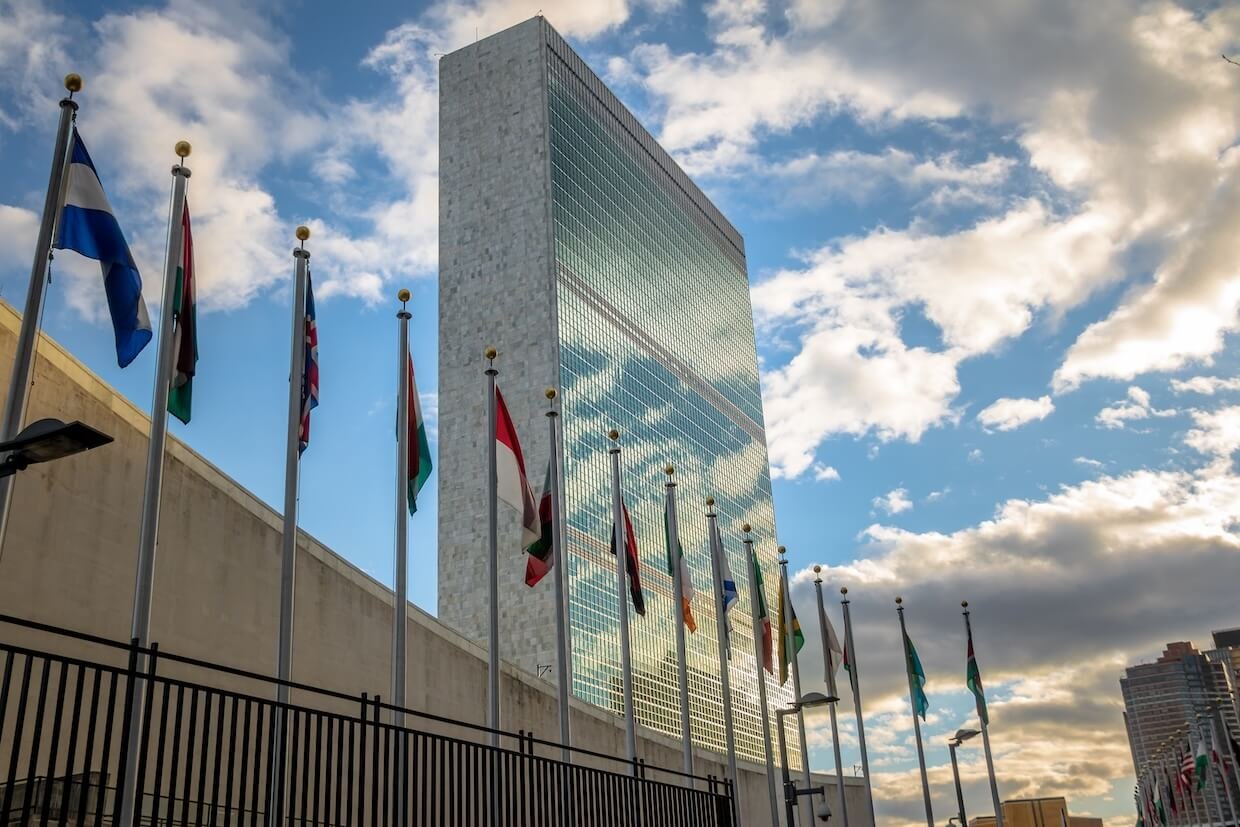
Which institutional pathways—US Security Council shielding, lawfare, diplomatic narrative management—most decisively sustain Israeli impunity, and where are the most realistic chokepoints for pressure?
Professor Norman Finkelstein: The US has been an obstacle, but it’s not entirely accurate to call it an insurmountable one. There are various UN mechanisms for bypassing the US veto in the Security Council, including what’s known as the “United for Peace” option in the General Assembly. I won’t go into the technical details, as they’re not particularly relevant, since it’s unlikely to happen.
Secondly, the Europeans can exert significant influence. Europe—not the US—is Israel’s main trading partner, through the EU. They have many potential avenues of leverage. The issue, however, is not institutional or bureaucratic obstructionism. The real problem is a lack of political will.
What could be done now? I don’t believe much can be done. I don’t like to be the bearer of bad news. On the other hand, I believe in treating adults like adults: if we’re at an impasse, we’re at an impasse. If people were willing to escalate their resistance, then I do believe there are options.
For example, there are possibilities to shut down the Israeli terminals at major airports if you can amass enough people willing to go there and be arrested. I think many people would be willing to get arrested. The problem, however, is organizational—I don’t want to use big words, but it really comes down to organizational vision.
There are potential avenues. For instance, there was an announcement by the dock workers in Genoa—they’re sending over a flotilla to Gaza. If the Israelis attack that flotilla, there will be a price to pay in terms of commerce on the seas. Whether that’s just talk or whether there’s an action plan behind it, I don’t know.
There are things that can be done, but they require both will and organization.
Corruption and Coercion Shape the Annex
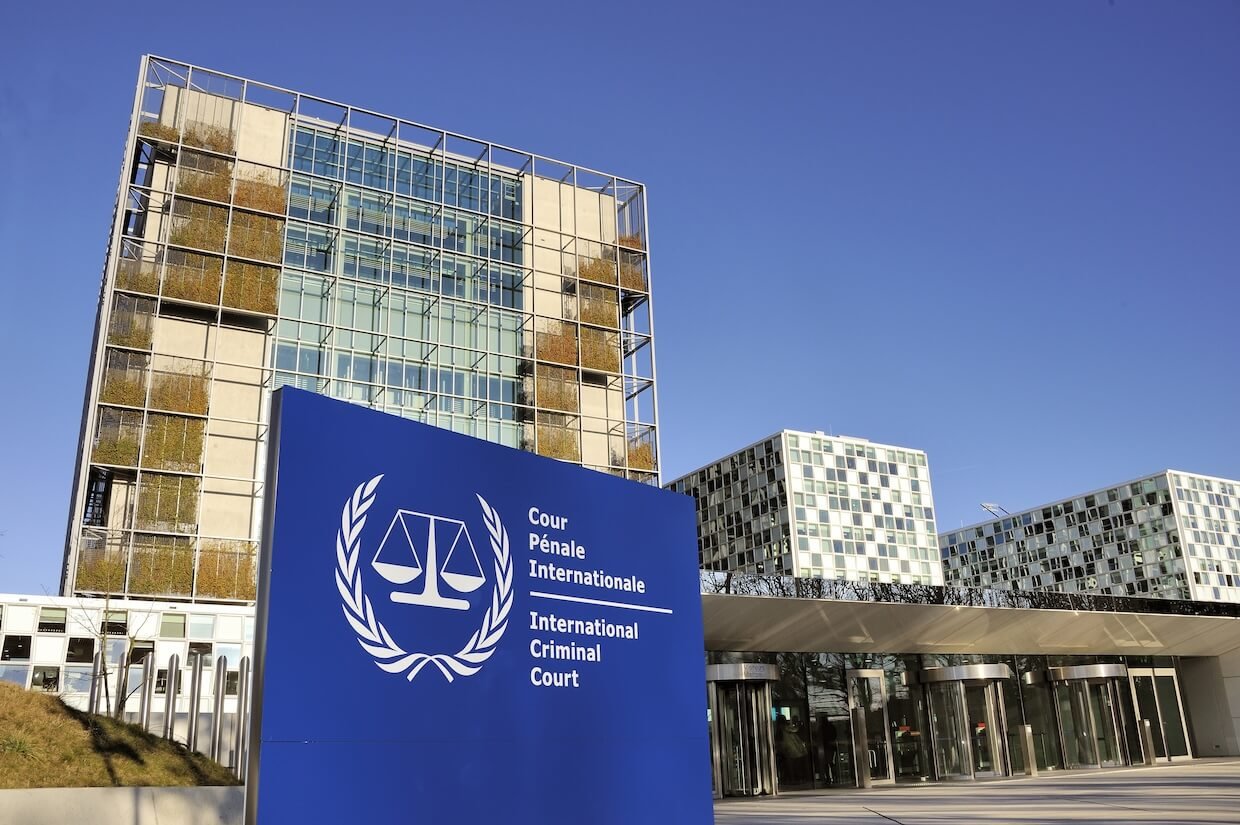
You’ve criticized UN handling of conflict-related sexual violence. What does the Annex controversy (Israel/Hamas) reveal about the political economy of UN norm-setting, evidentiary thresholds, and great-power leverage?
Professor Norman Finkelstein: The UN, as anybody who works in it will tell you, is a profoundly corrupt organization. On the other hand, it does a lot of good things, and you have to balance both those factors. I think there’s a lot of corruption in the UN and affiliated bodies like the ICC.
I’ve just completed a new book called Gaza’s Gravediggers: An Inquiry into Corruption in High Places, which speaks to specific individuals and specific events where, in my opinion, individuals are either being bribed or blackmailed by Israel.
I mentioned earlier in this conversation the Goldstone Report. The Goldstone Report was a devastating indictment of Israel’s conduct during Operation Cast Lead. Within a few months of its issuance, Goldstone retracted the report, and in my opinion, he retracted it because he was blackmailed. If you read the record, as I have, there’s no other explanation.
The former chief prosecutor of the International Criminal Court, Fatou Bensouda, was responsible for handling the case of the Mavi Marmara, a flotilla of ships that went to Gaza on May 31, 2010, which came under attack by Israel, resulting in 10 passengers killed. There is no question in my mind that she was blackmailed into giving Israel a pass.
The former president of the ICJ, Joan Donoghue, was an American. As you know, in January 2024, the ICJ, the main legal arm of the United Nations, found that Israel was plausibly committing genocide. In April 2024, Joan Donoghue appeared on a BBC program called HardTalk and blatantly lied, claiming that the ICJ did not find Israel was plausibly committing genocide. It was the most flagrant, outrageous lie.
The current vice president of the ICJ, Judge Julia Sebutinde, is clearly a fanatic—I believe she’s a Christian evangelical fanatic—but beyond that, it’s my opinion that she is either being bribed or blackmailed by Israel and has been delivering outrageous dissents in ICJ jurisprudence. In my forthcoming book, I have a 100-page chapter documenting her lies and dissents.
And then there’s the most recent case. Without going into detail, which can’t be done over a broadcast, there is no evidence—in the traditional sense of evidence: medical, forensic, or digital—that Hamas weaponized rape on October 7th. There is none. They admit it. There isn’t an issue there. There is no digital evidence of rape. There is no medical-legal evidence of rape. The only thing there is consists of so-called “witnesses.” That’s it.
Whereas on the other side, there is voluminous evidence that Israel is committing rape, threatening rape of men, threatening rape of women, and engaging in massive sexual violence.
In the face of that, every year the UN puts out a report on sexual violence in conflict situations called Conflict-Related Sexual Violence (CRSV). There was a lot of pressure put on Guterres, the Secretary-General, to list Hamas in the appendix to the report as a perpetrator of sexual violence and to exclude Israel. That’s what Guterres did: he listed Hamas and excluded Israel. That was another blackmail.
Israel Acts As a Jewish Supremacist State, Not a Zionist One

Does contemporary Zionism now shape Israeli military doctrine in Gaza toward openly eliminationist aims, marking a shift from settler-colonial control to population destruction, ethnic cleansing, or permanent incapacitation?
Professor Norman Finkelstein: I don’t think that’s true. I don’t believe it has much to do with Zionism. I wrote my doctoral dissertation on Zionism, so I can claim a certain amount of expertise on the subject. This has little to do with Zionism. Israel is a Jewish supremacist state, and it is acting in a way not unlike apartheid-era South Africa.
Remember, South Africa, beyond its system of white supremacy, was engaged in a series of neighboring colonial wars with Mozambique and Angola. The South Africans killed around a million people during the 1970s and 1980s in the course of the anti-colonial wars along South Africa’s borders and, of course, in Namibia as well. They waged a colonial war against SWAPO, the Southwest African People’s Organization, and it resulted in a massive bloodletting. Literally, I believe it was more than a million people. You can check and correct me if I’m wrong.
That’s Israel. Israel is a Jewish supremacist state determined to maintain a Jewish supremacist state within its borders and to crush any resistance on its periphery. It’s similar to what South Africa did. But in South Africa, there was Mozambique, where FRELIMO, led by Samora Machel, was in power. Machel was probably assassinated by the South Africans; it’s not known for sure, but he was killed in a plane crash. Then there was FRELIMO in Mozambique and, in Angola, the MPLA—the Popular Movement for the Liberation of Angola.
In the same way that South Africa fought to preserve its regional dominance, Israel faces Hezbollah, Iran, and Syria on its periphery and has periodically carried out mass death and destruction to maintain its regional hegemony. Like South Africa, Israel has committed similar kinds of massacres to uphold what I would describe as a system of Jewish supremacy and regional dominance.
This has something to do with Zionism, but not as much as some might think. Zionism’s goal was to create a Jewish state, just as South Africa’s white nationalists sought to create a white state. However, invoking ideologies like Zionism can confuse the reality of the current situation, especially for people who haven’t, like myself, spent several years studying every detail of Zionism to write a dissertation.
If you frame it more plainly—as a Jewish supremacist state determined to maintain a population that is more or less purely Jewish while preserving its hegemony and dominance in the region, much like apartheid-era South Africa—the picture becomes much clearer.
Democrats Support Israel in Single Digits; GOP Split by Age
And lastly, Professor Finkelstein, how do right-wing and liberal US populisms intersect to normalize Gaza’s suffering—e.g., via identity-based mobilization, security mythologies, and the bipartisan “fortress democracy” frame?
Professor Norman Finkelstein: The Democratic Party, at its base, is composed of people belonging to minorities and those who are generally liberal in their persuasions. These two constituencies are not going to support a genocide in Gaza. Right now, support for Israel within the Democratic Party may already be in the single digits—I believe it’s around 9%—and it has dropped drastically.
In the Republican Party, support for Israel has also declined significantly among younger Republicans, but among older Republicans, particularly supporters of Trump, it remains considerably high.
I think it’s very difficult right now to defend Israel. To do so, you’d have to come across as either a psychopath or a moron; otherwise, it’s impossible to defend.

